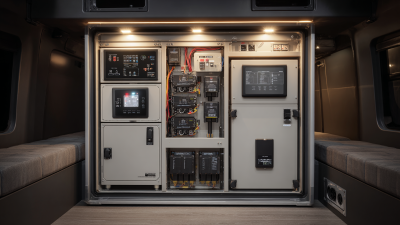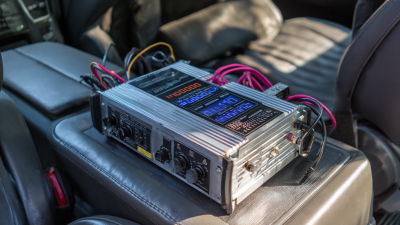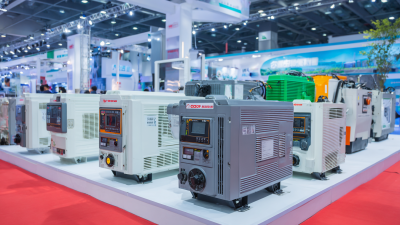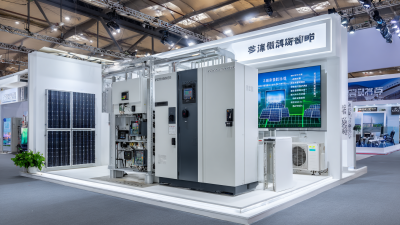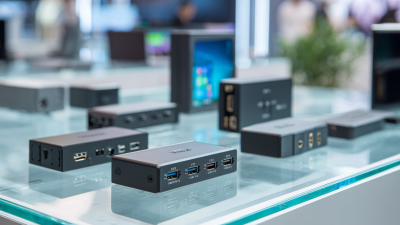
-
Home
-
About Us
-
Products
-
Total Solution
-
News
-
Blog
-
Contact Us
Leave Your Message
-
-
Phone
-
E-mail
-
Whatsapp
-
Whatsapp



Voltage inverters play a critical role in our modern energy landscape, particularly as the shift towards renewable energy sources accelerates. According to a 2022 report by the International Energy Agency (IEA), the global renewable energy capacity is projected to expand by over 50% in the next five years, highlighting the increasing reliance on technologies that facilitate the integration of these resources into our power systems. Voltage inverters are essential components that convert direct current (DC) generated from renewable sources, such as solar panels and wind turbines, into alternating current (AC) used in homes and businesses. This function not only enables the efficient use of renewable energy but also contributes to grid stability and energy management systems. As the market for voltage inverters is expected to grow significantly, reaching an estimated value of $10 billion by 2026, understanding their mechanisms and impact becomes crucial for leveraging green technologies and paving the way towards a more sustainable future.
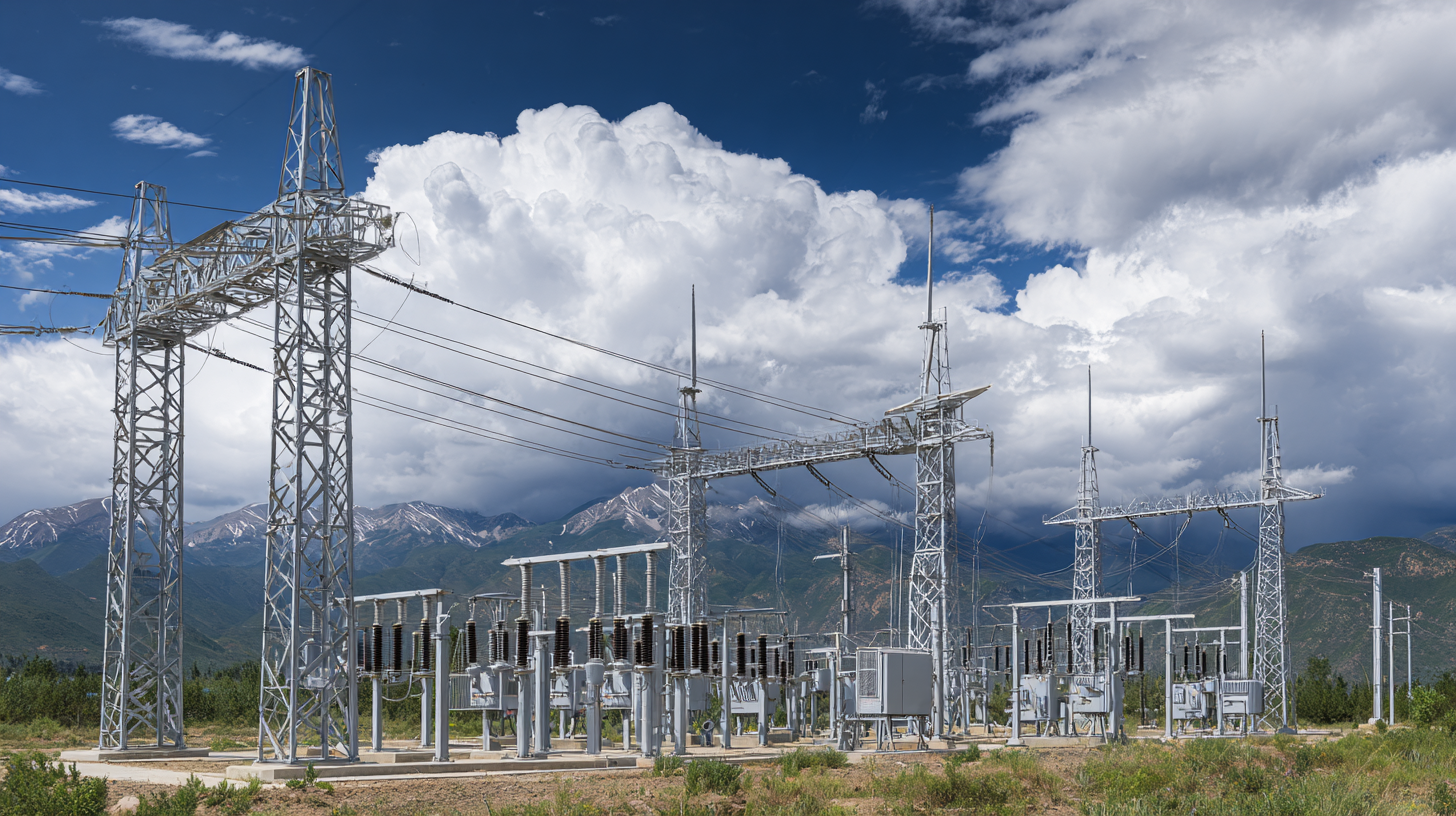
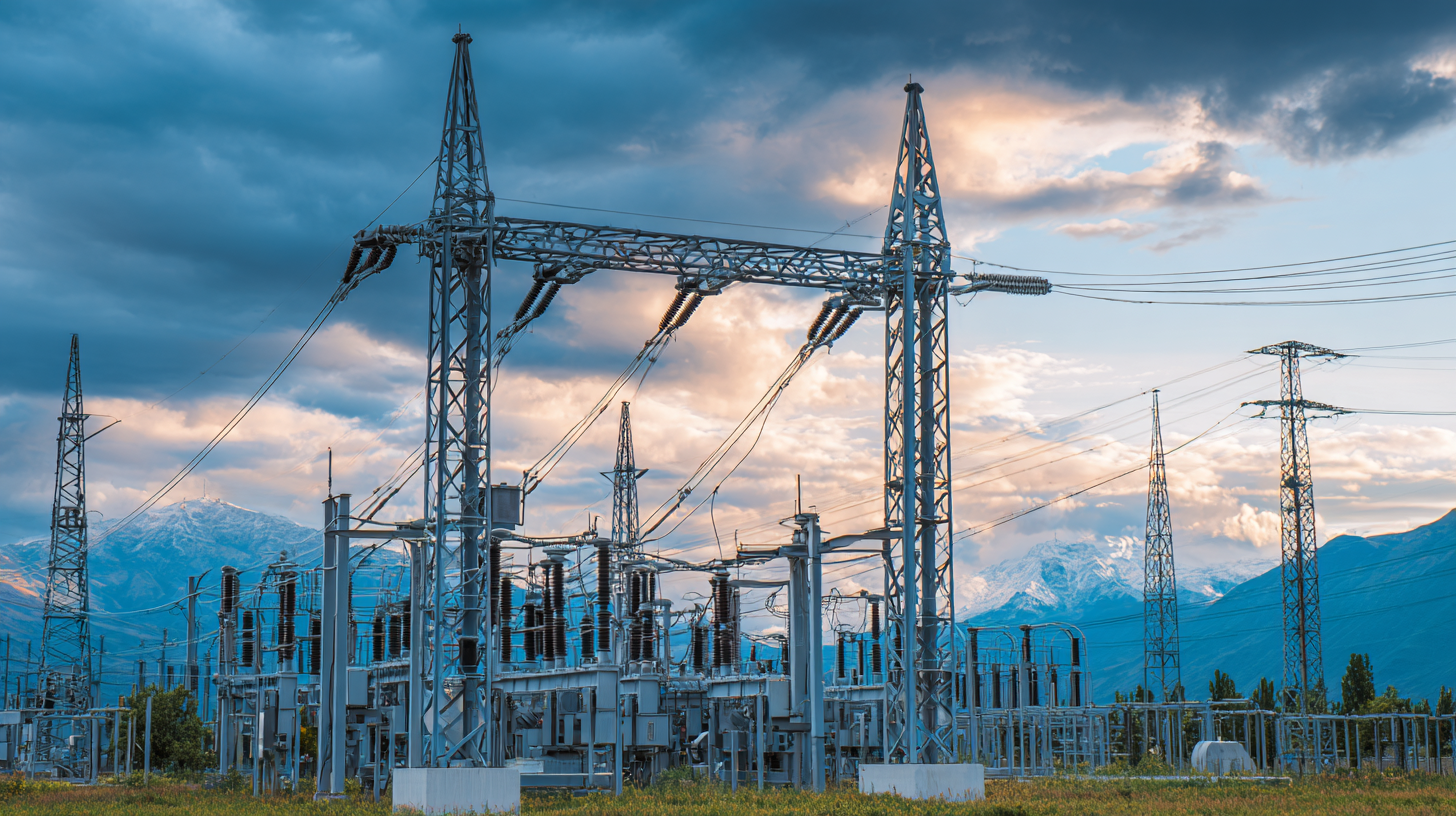 Voltage inverters play a crucial role in converting direct current (DC) to alternating current (AC) power, a process that is essential in various applications, especially in renewable energy systems. According to a report by the International Renewable Energy Agency (IRENA), about 80% of the electricity generated from solar photovoltaic systems is DC, which must be transformed into AC for compatibility with the grid and most household appliances. Advanced inverter technologies allow for this conversion, enabling solar panels to effectively power homes and businesses while synchronizing with the existing power systems.
Voltage inverters play a crucial role in converting direct current (DC) to alternating current (AC) power, a process that is essential in various applications, especially in renewable energy systems. According to a report by the International Renewable Energy Agency (IRENA), about 80% of the electricity generated from solar photovoltaic systems is DC, which must be transformed into AC for compatibility with the grid and most household appliances. Advanced inverter technologies allow for this conversion, enabling solar panels to effectively power homes and businesses while synchronizing with the existing power systems.
Efficient performance of voltage inverters is pivotal for maximizing energy output. The U.S. Department of Energy's National Renewable Energy Laboratory (NREL) notes that modern inverters can achieve efficiency rates exceeding 95%, significantly reducing energy loss during conversion. As integration of renewable resources like wind and solar escalates, the demand for high-quality inverters increases, with the global inverter market projected to reach over $15 billion by 2027. This growth emphasizes the importance of innovative inverter design and technology in harnessing renewable energy sources sustainably and efficiently.
Voltage inverters are essential components in the modern electrical landscape, converting direct current (DC) into alternating current (AC). This function is crucial for the integration of renewable energy sources like solar panels and wind turbines, which often generate DC power. The primary components of a voltage inverter include the power transistors, transformers, and control circuits. Power transistors, typically made of silicon or gallium nitride, act as the main switches that manage the flow of electricity, enabling the inverter to generate the desired AC waveform.
The mechanisms behind voltage inverters involve complex electronic circuits that regulate voltage and current levels. The inverter’s control circuit ensures the output frequency matches that of the grid or the intended application, effectively synchronizing the systems.
Additionally, the use of feedback loops allows for real-time adjustments, maintaining efficiency and performance under varying loads. Understanding these components and their functions reveals how voltage inverters not only support renewable energy applications but also enhance overall energy management and efficiency in our interconnected power systems.
Voltage inverters play a crucial role in renewable energy systems by converting direct current (DC) generated from sources like solar panels and wind turbines into alternating current (AC), which is the standard power used in homes and businesses. This transformation is vital for integrating renewable energy into the existing power grid, enabling these clean energy sources to be utilized efficiently and sustainably. Without inverters, the energy harvested from these renewable sources would be largely unusable in everyday applications, highlighting their indispensable role in modern energy systems.
Moreover, the impact of voltage inverters extends beyond mere conversion processes. They enhance the reliability and stability of renewable energy systems by managing power quality and facilitating energy storage solutions. Inverters can also incorporate smart technology that allows for real-time monitoring and optimization of energy output, ensuring that renewable sources contribute effectively to the grid while minimizing waste. As the demand for sustainable energy solutions increases, the importance of voltage inverters in bridging the gap between clean energy production and consumption cannot be overstated, making them essential components in accelerating the transition towards a greener future.
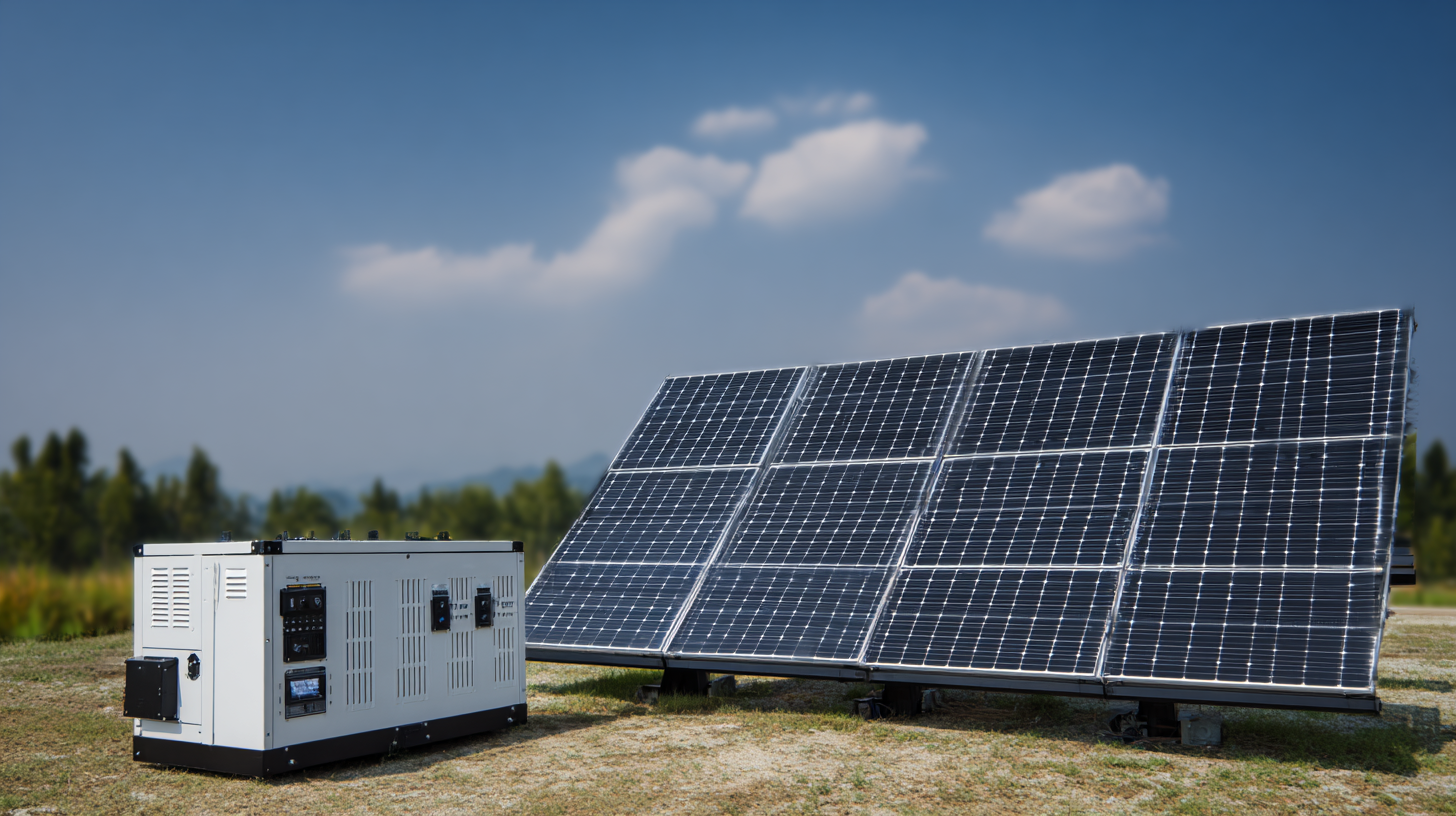
When choosing the right voltage inverter for your energy needs, it’s essential to consider the type of power you require. Inverters convert direct current (DC) into alternating current (AC), which is vital for powering everyday appliances. If you're seeking a portable solution for outdoor activities or during power outages,
inverter generators are an excellent choice. They are not only quiet and efficient but also provide a reliable power source for your home or RV.
Tips: Before making a purchase, assess the wattage requirements of your devices to ensure the inverter can handle the load. Additionally, look for models that offer a range of outlet types for added versatility.
For renewable energy applications, selecting a good solar inverter is crucial. The inverter plays a key role in transforming the energy captured from solar panels into usable electricity.
When shopping for a solar inverter, consider factors such as efficiency, warranty, and compatibility with your solar system.
Tips: Research the best-rated solar inverters to identify models with strong performance metrics. Also, consult with installers to determine the best inverter for your specific solar setup.
The evolution of voltage inverter technology has been pivotal in integrating renewable energy sources into our daily lives. With advancements in semiconductor materials and control algorithms, modern inverters are becoming more efficient and reliable, allowing for better conversion of direct current (DC) from solar panels or wind turbines to alternating current (AC) for household use. This technology not only supports grid stability but also enhances the overall performance of renewable energy systems by maximizing energy capture and minimizing losses during conversion.
Looking ahead, future trends in voltage inverter technology point towards smarter, more adaptive systems. Developments in artificial intelligence and machine learning are set to revolutionize how inverters operate, enabling real-time monitoring and adjustments based on energy demand and supply fluctuations. Additionally, the integration of energy storage solutions will allow inverters to optimize energy use, facilitating a more seamless transition to a sustainable energy ecosystem. This synergy between advanced inverter technology and renewable energy sources is crucial for achieving a greener future and addressing the challenges posed by climate change.

